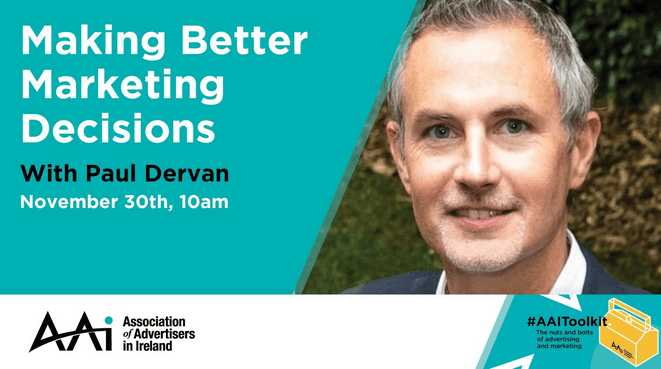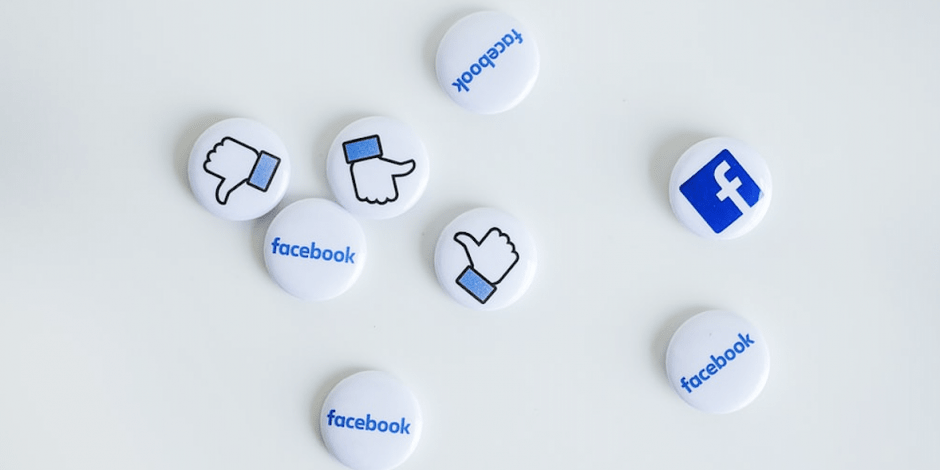Digital agency Found’s Tom Brand tells us that Google Analytics 4 is ushering in a new era of predictive measurement, enabling a ‘total search’ approach to bring search engine marketing and ad targeting together.
Predictive measurement is increasing in importance and capability, with advances in machine learning and Google’s GA4 deadline (when the old Universal Analytics will be discontinued in favor of this predictive measurement tool) approaching in July this year.
Google describes GA4 as “the future of measurement” so if you aren’t prepared to significantly shift the way that you strategize and structure your digital marketing campaigns in 2023, you’re going to get left behind.
This new era will make adopting a ‘total search’ approach a necessity. Doing so provides multiple business benefits, beyond just keeping up with competitors.
A holistic view of search
There are two questions we have to start by asking ourselves. First, are you technically prepared to move from Universal Analytics to GA4? Quite simply, you must fully prepare your business to make that reporting transition.
And, second, has your marketing function shifted its strategic approach to search engine marketing (SEM) in order to best make use of the holistic activity view that predictive measurement facilitates?
If not, expect your competitors to lead the way. Those who are taking a holistic view of their digital presence and search efforts are already learning from and improving their marketing efforts at scale. How? Because they are effectively using predictive measuring tools.
Predictive measurement uses a non-siloed view of online activities and machine learning to deliver insights on overall marketing success. To fully leverage the amazing potential of predictive measurement tools like GA4, you should expand your approach to digital activities, including search engine marketing efforts, and start employing a more holistic (and strategic) mindset.
What is total search?
Put simply, total search is the viewing of multiple performance marketing channels as one cohesive, collective whole. Channels like search engine optimization and pay-per-click easily become siloed and even compete to drive value. Total search, as a data-led approach, aligns all digital marketing activities to ensure the achievement of shared digital goals.
It doesn’t matter which channel drives results for your business. As long as your brand sees growth, senior leadership will be encouraged to invest in your team.
How a total search approach to digital marketing can help you compete
There are two types of prospective customers online: those searching for you (who you need to get in front of using SEM); and those who are casually browsing (who you want to search for and target with your ads). With a total search approach you can ensure that you strategize and devise campaigns designed to work for both kinds of prospective customer with a singular goal: conversion.
To have a fully optimized conversion funnel for your business in 2023, you need to be viewing the very top of that funnel in 3D. Why? Because predictive measurement tools facilitate that kind of advanced analysis, and because a total search approach creates digital marketing activities that consider and cover the entire top rim of that funnel.
Why you should adopt a total search approach
First, a total search approach helps you to maximize search engine results page (SERP) coverage. It’s all about gaining greater online visibility and creating as many opportunities as possible for your brand to get discovered in search.
Second, it gives a 360° view of the top of your funnel. The modern digital customer experience is rarely a traditional, linear journey. It’s more like a fly buzzing around inside of a jar; bouncing around from pillar to post and experiencing your brand from different angles, in multiple different directions. You need to ensure that your brand presents consistently, no matter how a user finds you.
Third, it can help you to spend money more efficiently. Allocating the right budget to the right places is a priority for every marketer. Adopting a total search strategy will allow you to make better decisions about your marketing budget.
Fourth, with total search you can make faster and more informed decisions, taking insights gleaned from every area of your search performance to make decisions with a far richer and wider collation of data sets. By looking at your search data holistically, you can learn far quicker than by looking at each individual element of search performance in a silo.
And finally, total search will improve your organic search and paid media efforts simultaneously. You can combine the data view from all of these activity channels to determine which keywords actually drive you the most traffic, conversions and revenue – allowing you to optimize all activities at the same time.
Whether it’s Google search, a Facebook ad, or a TikTok that gets a user’s attention, a total search approach will allow you to benefit from predictive measurement and maintain ownership of your brand’s digital presence. If you haven’t already, you must add this to your year’s strategy.
Feature Image Credit: Marten Newhall via Unsplash








